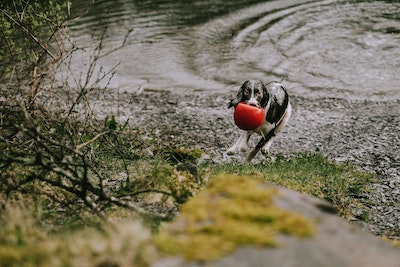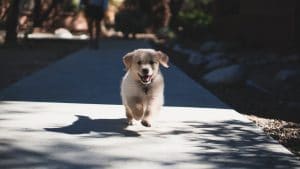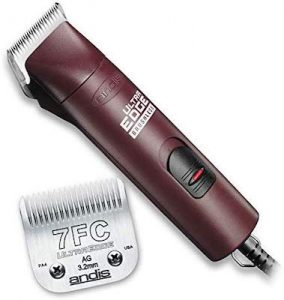Drying your dog is an important part of grooming, often overlooked by many pet owners. Wet pooches also wet other things, such as floors and upholstery, especially if they are dogs with thick, long coats. Anything that isn’t waterproof is going to be destroyed.
And it’s bad for them too. When dogs get wet, it can lead to skin problems such as hot spots, rashes, and infections. Additionally, wet fur can make your dog feel uncomfortable.
By the end of this article, you’ll better understand why proper drying techniques are important for your dog’s health and how to make the process as comfortable and stress-free as possible for your furry friend.
What items do you require to dry your dog?
If your dogs are about to get wet, gather everything you need close to the front door. That way, you can begin the drying operation as soon as possible you’re home.
Here are some items you’ll need to have before you start drying your dog:
- Towels: You’ll need a few to absorb the excess water on their coat.
- Brush: A brush with long, sturdy bristles can help you work through any knots without hurting your dog’s skin.
- Grooming gloves: If your dog is particularly skittish or doesn’t like being brushed, grooming gloves can be a great alternative.
- Hair dryer: Choose one with adjustable heat settings and a low-speed option is to prevent overheating your dog’s skin.
- Drying towel: If you’re short on time, a drying towel can help speed up the process.
- Drying coat: A drying coat can be a great option if you have a dog that’s particularly prone to getting cold or has long hair that takes a while to dry.
These items can make drying much easier and less stressful for you and your dog. Investing in the right tools and equipment allows you to dry your dog quickly and safely without causing unnecessary discomfort or harm.
How to dry your dog properly?
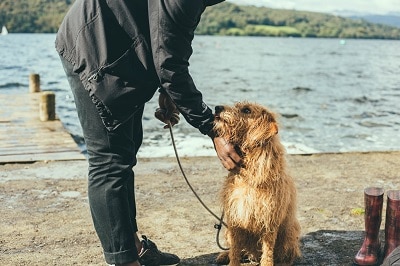
Step 1: Let them shake.
Dogs can shake up to 70% of the water from their coats. That means it’s 70% less work for you to do later if you leave your dog to it. However, they won’t just shake on command, so you must be patient and wait for them to do it.
If it’s raining outside, then shaking the water off is only temporary, so try and encourage them to do it just before you get into the house at the latest to avoid a muddy disaster.
Step 2: Brush matted hair and pre-dry with a towel.
Use absorbent towels to gently rub your dog’s coat, starting from the head and working your way down to the tail.
Be sure to towel dry all parts of your dog’s body, including the belly, legs, and feet. You may need multiple towels, especially if your dog has a thick coat.
It’s a common misconception to vigorously rub your dog for the best results. Instead, patting and pressing the towel against the fur is best to absorb it. It may not seem quick, but it is the easiest and most comfortable for your dog.
Rubbing the towel too hard and fast on your dog’s coat can cause friction and heat and potentially hurt their skin. This action for dogs with long coats can cause their fur to tangle and matt.
Step 3: Air Drying
It’s stress-free, and you don’t need any equipment. You can speed this up by having a warm house and a waterproof dog bed with a nice warm blanket to speed it up some more.
Another top tip is to place the waterproof dog bed in a warmer room for them to sleep and dry simultaneously. You can DIY one if you don’t have a waterproof dog bed.
Read More: How to make your dog’s bed waterproof? Guide for Beginners
Don’t purposefully put your dog in a hot room! They don’t like the heat; huge problems can happen if trapped in a room too hot. Also, ensure they have access to fresh water at all times.
Pooches with thicker and longer coats may take a long time to air dry, so perhaps consider an alternative for these mutts.
Step 4: Using a hair dryer
Using a hair dryer on a dog is not our preferred method despite it being the quickest and most convenient for owners.
I don’t like this method for our dog because the noise it makes can cause anxiety and scare them, and the heat produced from the blow dryer can dry out their skin and potentially burn them.
Common Mistakes to Avoid While Drying Your Dog
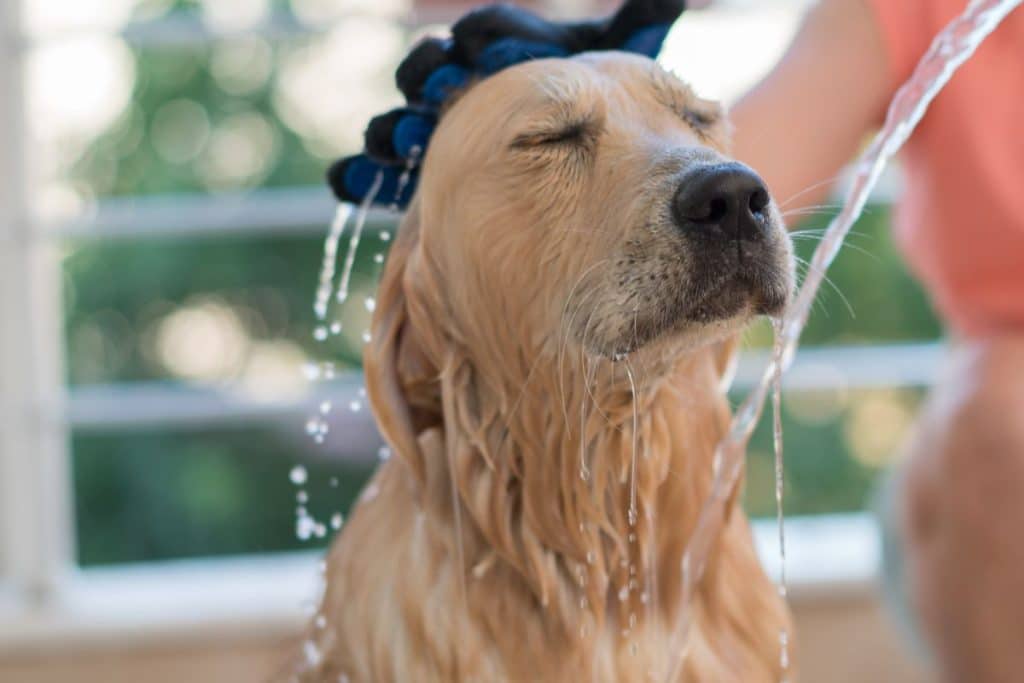
Drying your dog may seem like a simple task, but there are several common mistakes that pet owners make that can cause discomfort or even harm to their furry friends.
1. Overheating
Dogs can quickly overheat, and high heat can damage their fur and skin. It’s important to always use a low or medium heat setting and to always leave the dryer in one spot for a short time.
Introduce the hair dryer to them gradually but don’t use it straight away. If they’re clearly afraid of the hair dryer, you should stop the experiment and opt for another way.
Avoid blowing on areas without fur, as it can quickly burn and dry up. Your dog should be nice and dry in a short time. There’s no need to keep going until bone dry, as that is another way to potentially burn them and damage their coat.
Most Important Tip: Praise your dog throughout and especially at the end.
2. Brushing Wet Fur
Another common mistake is brushing your dog’s fur while wet. Wet fur is much more fragile than dry fur and can easily break or damage if brushed.
Instead, wait until your dog’s fur is completely dry before brushing. This will help keep their fur healthy and shiny.
3. Using the Wrong Tools or Equipment
Using the wrong tools or equipment when drying your dog can also be a mistake. For example, using a human hair dryer can be dangerous for your dog, as it can get too hot and damage their skin.
It’s important to use a dryer designed specifically for pets, with a lower heat setting and other safety features.
4. Neglecting Certain Areas
Finally, paying attention to certain areas when drying your dog can also be a mistake. Their ears, paws, and underbelly can be easily missed or neglected when drying.
These areas can become damp and lead to bacterial growth or infections. Drying all areas thoroughly is important to keep your dog healthy and happy.
Read More: Best Waterproof Dog Bed Covers in the UK (2023 UPDATED)
Tips for Drying Specific Breeds
1. How to properly dry long-haired dogs?
Long-haired breeds like Shih Tzus, Lhasa Apsos, and Golden Retrievers require a lot of maintenance when it comes to grooming and drying.
Use a high-velocity dryer: A high-velocity dryer is a powerful dryer that can help you get through thick coats quickly.
Use a slicker brush: A slicker brush can help you remove mats and tangles from your dog’s coat before you start drying.
Use a comb: After you’ve brushed your dog’s coat, use a comb to remove any remaining tangles or mats.
Section the coat: Working in sections is important when drying a long-haired dog. Start at the top of the head and work down to the tail, sectioning the coat as you go.
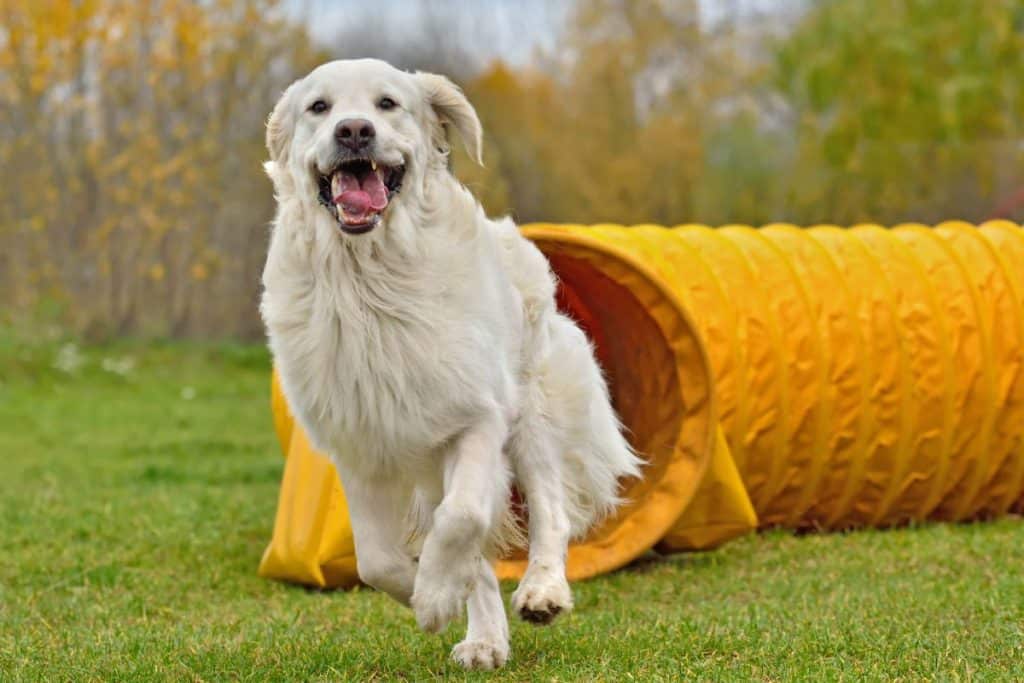
2. How to properly dry short-haired dogs?
Short-haired breeds like Boxers, Dalmatians, and Beagles require less maintenance than long-haired breeds, but they must still be properly dried to prevent skin irritation or infection.
Use a low-velocity dryer: Short-haired breeds don’t have as much hair as long-haired breeds, so you don’t need as much power when drying them.
Use a rubber curry brush: A rubber curry brush can help you remove any loose hair or dirt from your dog’s coat before you start drying. It’s also great for massaging your dog’s skin.
3. How to properly dry curly or wiry-haired dogs?
Curly or wiry-haired breeds like Poodles, Terriers, and Schnauzers have coats prone to tangling, so it’s important to use the right drying techniques to prevent mats and tangles from forming.
Use a slicker brush: A slicker brush is a must-have for curly or wiry-haired breeds. Brush your dog’s coat thoroughly, particularly in areas prone to tangling, like behind the ears and under the legs.
Use a comb: After you’ve brushed your dog’s coat, use a comb to remove any remaining tangles or mats.
Use a low-velocity dryer: Curly or wiry-haired breeds don’t need a high-velocity dryer as this can cause their hair to frizz or tangle. A low-velocity dryer is the best choice.
Read More: A Dogowner’s Guide to Best Waterproof Dog Coats in UK 2022
Frequently Asked Questions (FAQs)
1. Can I use a human hair dryer to dry my dog?
Using a human hair dryer to dry your dog is generally not recommended, as the heat setting may be too high and can cause burns or overheating. Additionally, human hair dryers can be too loud and frightening for dogs. Instead, opt for a dog-specific dryer with adjustable heat settings.
2. How long does it take to dry a dog?
The length of time it takes to dry a dog depends on the size of the dog, the thickness of its fur, and the drying method used. Towel drying can take anywhere from 15 to 30 minutes, while air drying or using a hair dryer can take up to an hour or more.
3. How often should I dry my dog?
Drying your dog thoroughly after bathing or swimming is important to prevent matting, tangling, or skin irritations caused by damp fur. However, the frequency of baths and drying can vary depending on your dog’s breed, activity level, and individual needs.
Consult with your veterinarian or groomer for specific recommendations.
4. How do I prevent my dog from getting cold while drying?
Keeping your dog warm and comfortable while drying is important, especially during colder months. You can use a towel or blanket to wrap around your dog’s body while drying or place a space heater near the drying area to help keep the space warm.
5. Can I use a vacuum cleaner to dry my dog?
Using a vacuum cleaner to dry your dog is not recommended, as the high suction and noise level can be harmful and frightening for your dog. Additionally, the vacuum can cause tangles and matting in your dog’s fur. Stick with safe and gentle drying methods like towels or low-heat dryers.
